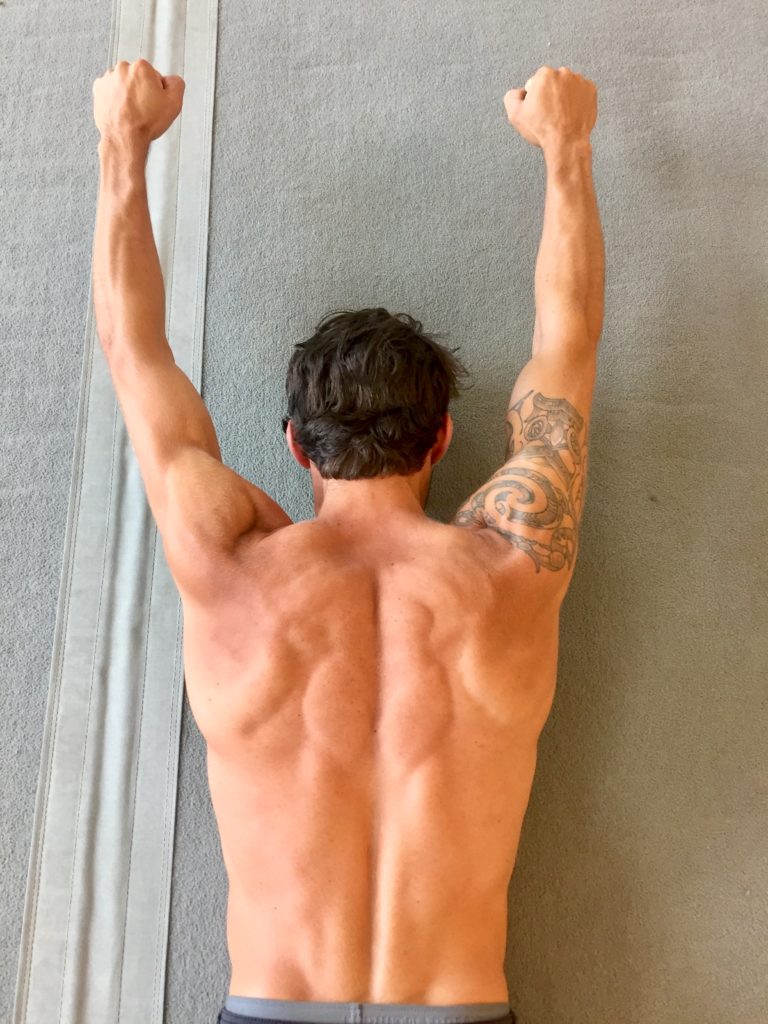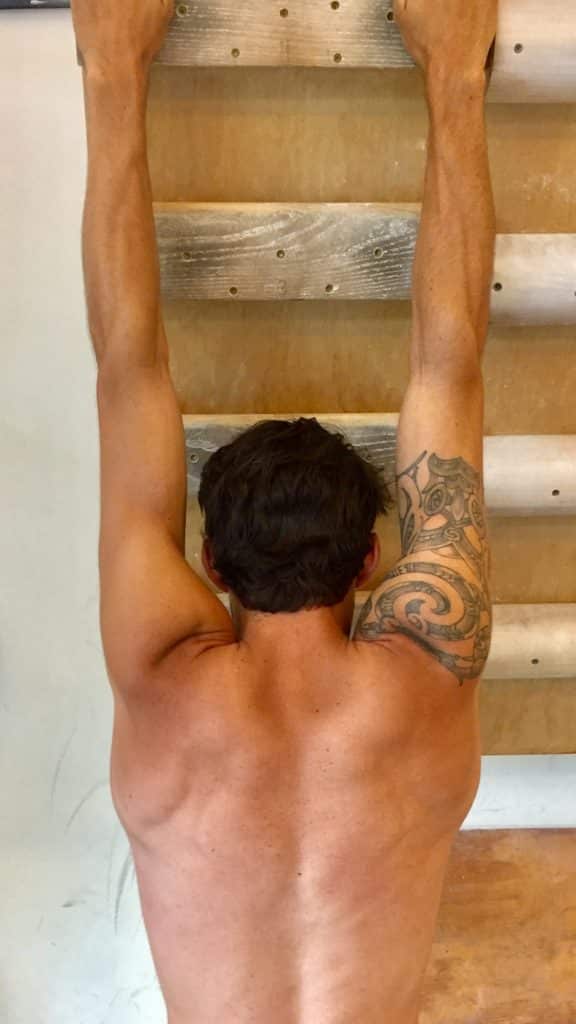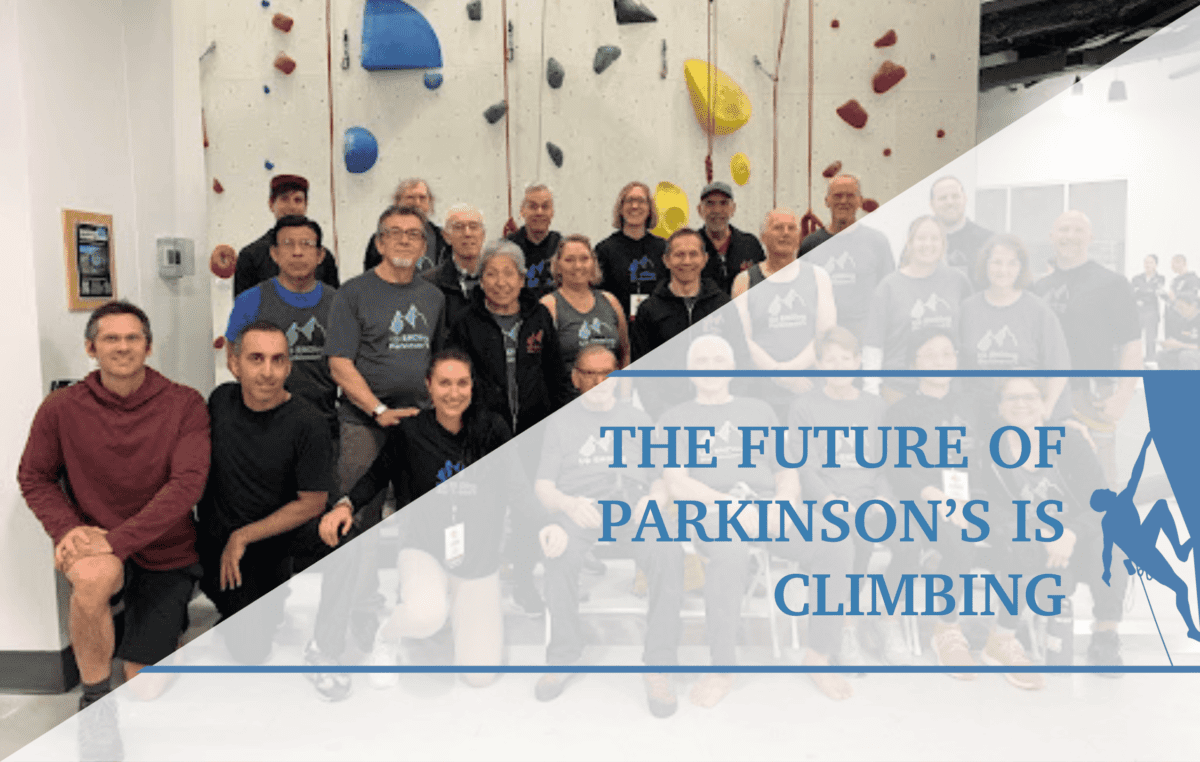Hang Right For Shoulder Health
Esther Smith, a Doctor of Physical Therapy and owner of Grassroots Physical Therapy in Salt Lake City, wrote a great article on how to hang right when climbing and training. She provides a detailed case report of her treatment of Babsi Zangerl, a Black Diamond athlete, during her time in the BD Bootcamp. By making minor corrections to your climbing posture, physical therapists can optimize your climbing experience and help you climb without discomfort. Esther did just that. Below is a brief description of her article, and I strongly encourage you to check out her full article on the BD website: HANG RIGHT: SHOULDER MAINTENANCE FOR CLIMBERS.
Esther’s aim for the article:
- Dispel the “hang like a bag of rocks on your skeletal system” myth.
- Explain why “hanging loose” may lead to shoulder pain.
- Address why “hanging right” might help to resolve current injuries and reduce the incident of future misuse injuries.
We’ve all been told at some point that when resting on a climb, we should fully extend our arm and “hang on our skeleton” to conserve energy. Right? Although this seems to make logical sense from an energy conservation standpoint, it doesn’t fair well for our soft tissue and joint alignment. Esther is teaching you how NOT to “hang like a bag of rocks”. She’s not telling you to use a ton of energy engaging your arm while resting, but activating just enough so as to maintain a healthy arm and shoulder girdle position. This is key to preventing injury. This includes activating your rotator cuff muscles, and your scapular stabilizers.
Our bodies are not meant to hang loose as Esther mentions in the article. In fact, healthy muscles never truly turn off. “Hanging loose puts undue stress, wear, and tear on the soft tissues that function to connect the bones in our shoulders.” If you try to hang on our skeleton instead of engaging our shoulder girdle, you are degrading the very tissues that support our skeleton. Additionally, by not engaging your shoulder and hanging with slightly inwardly rotated arms, this can lead to pinching in the joint space and irritation of the biceps tendon at the shoulder.
As movement specialists, PTs are trained to analyze how you move. Esther does a wonderful job here in pointing out that Babsi hung with disengaged, and slightly inwardly rotated shoulders. These observations may seem minor but over time this can lead to insidious, overuse injuries. As Esther points out in Babsi’s case, it was more a “misuse” injury vs. “overuse,” but both factors can certainly debilitate you as a climber. “In the process of simply correcting Babsi’s hanging posture at the shoulder, she began to hang, climb and move with less pain.” About to enter an intense training program, Babsi’s shoulder pain began to diminish thanks to Esther’s minor adjustments. Following the BD Bootcamp, she reported that her shoulder pain was no longer limiting her climbing and training.
So What Can You Do To Optimally “Hang Right?”
1. You need to keep our shoulders in optimal positioning when hanging to decrease discomfort and avoid injury.
Understand neutral resting posture off the wall:
-
- Tall, lengthened spine with head in line with shoulders.
- Shoulder blades settled flush on the back, front of the shoulders drawn back.
- Elbow creases oriented forward. Arms at the side.
- Thumbs oriented forward.
-Make yourself comfortable with this position, as it should become your natural default in everyday life.
2. “Train” your shoulders to be in optimal alignment while conducting off-the-wall exercises, including hang boarding.
Engaged shoulder position (climbing posture shown here lying on your belly):

- Lie on your belly.
- Arms overhead, palms down toward the floor.
- Shoulder blades kept wide and flush on your back and pulled down towards your butt.
- Elbow creases rotated toward the sky.
- Make a climber’s grip with your hands and lift straight arms off the floor.
– This position will now be your default positioning when hanging on a hang board or just climbing. Refer to Esther’s article for a full description.
Often times climbers will hang board with slouched shoulder/neck posture, sometimes even looking at a timer on the ground. This puts the neck in an stressful position that may lead to pain and discomfort. When you hang board, you must keep an engaged shoulder girdle and proper neck posture. This will help to avoid shoulder injuries, and allow you to train optimally and climber better!
Correct/Engaged Hanging Posture

Incorrect Hanging Posture

The main take-home points of Esther’s article:
- Hanging properly from the wall or hang board is crucial to maintaining shoulder health.
- When you hang, make sure you are engaging both your shoulder muscles and your shoulder blades.
- While hanging, avoid rotating your arms inward. To do this, try to rotate your elbow creases backward, toward your ears in order to align the shoulder joint in neutral.
- Do off-the-wall exercises to encourage safe on-the-wall habits.
To check out more from Esther Smith, visit her in Salt Lake City at Grassroots PT, or check out her website at https://www.grassrootsselftreatment.com/. You can also find her on the Training Beta Podcast.
- Disclaimer – The content here is designed for information & education purposes only and the content is not intended for medical advice.





Hi Matt,
would you recommend a similar posture for pressing activities like hand stands and downward facing dog?
Thanks,
Anna
Hi Anna,
To an extent I would say yes, but only to keep your shoulders out of your ears. Meaning, don’t let your shoulders shrug. Some people tend to push the idea of “engage your shoulder blades by pulling them down your back” when doing handstands and down dog, but if you do this TOO much, you’re actually fighting the natural upward rotation of the shoulder blade, which can be problematic over time. Instead, what I would focus on, is working to engage your serratus anterior muscles to stabilize, but promote the upward rotation of the shoulder blades. Good exercises for this would be what is called a “push-up plus” exercise. Go into forearm plank, and do some shoulder blade “push-ups”. Sink your chest down to the floor and press away from the floor. Pressing away activates the serratus anterior, and will also stabilize the shoulder girdle. Hope this helps!
“To do this, try to rotate your elbow creases backward, toward your ears in order to align the shoulder joint in neutral.”
Can you clarify what this means?
If you are hanging and your elbow crease (the crease in the front of your elbow) is facing forward or inward (internal rotation), engage your shoulder muscles to rotate the crease slightly more outward (external rotation). This puts the shoulder in a more neutral position and recruits the rotator cuff to assist with hanging. If this is difficult to visuality you can also try the motion while in a push-up position. Watch your elbow crease to see if it is rotated inward toward your body and engage your muscles to rotate it slightly more outward.